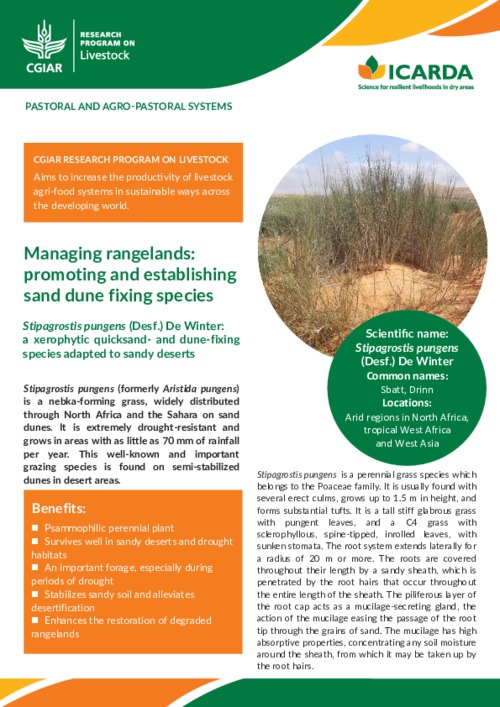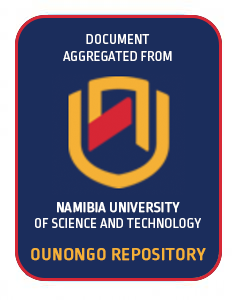Mapping the intangible: Using geolocated social media data to examine landscape aesthetics
The ecosystem services concept is increasingly gaining momentum in land-use policies and landscape planning. Yet, cultural ecosystem services often lack proper assessments. With this study, we use novel methodological approaches to map the cultural ecosystem service landscape aesthetics for its enhanced consideration in land-use policies. Our study uses expert-based participatory mapping and crowd-sourced (social media) photo data to examine the spatial distribution of landscape aesthetics in the Province of Barcelona, Catalonia.




